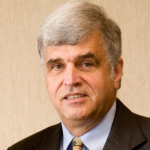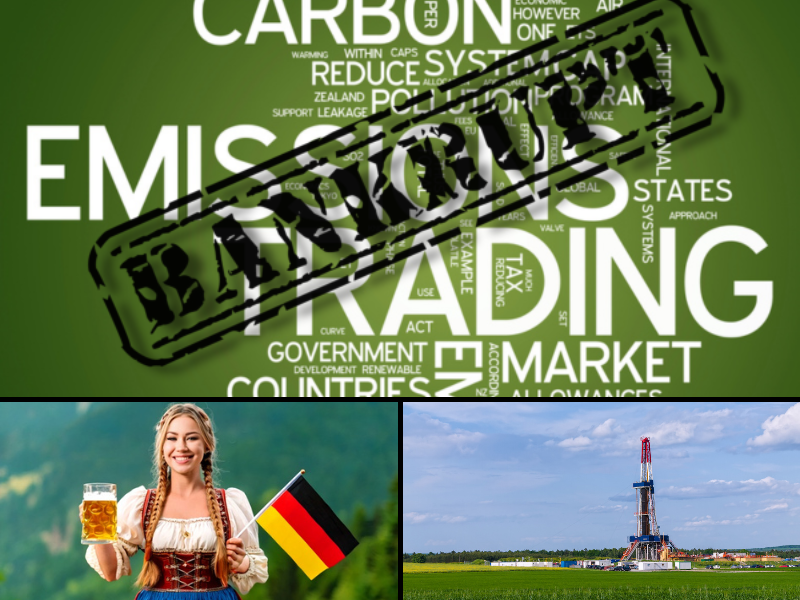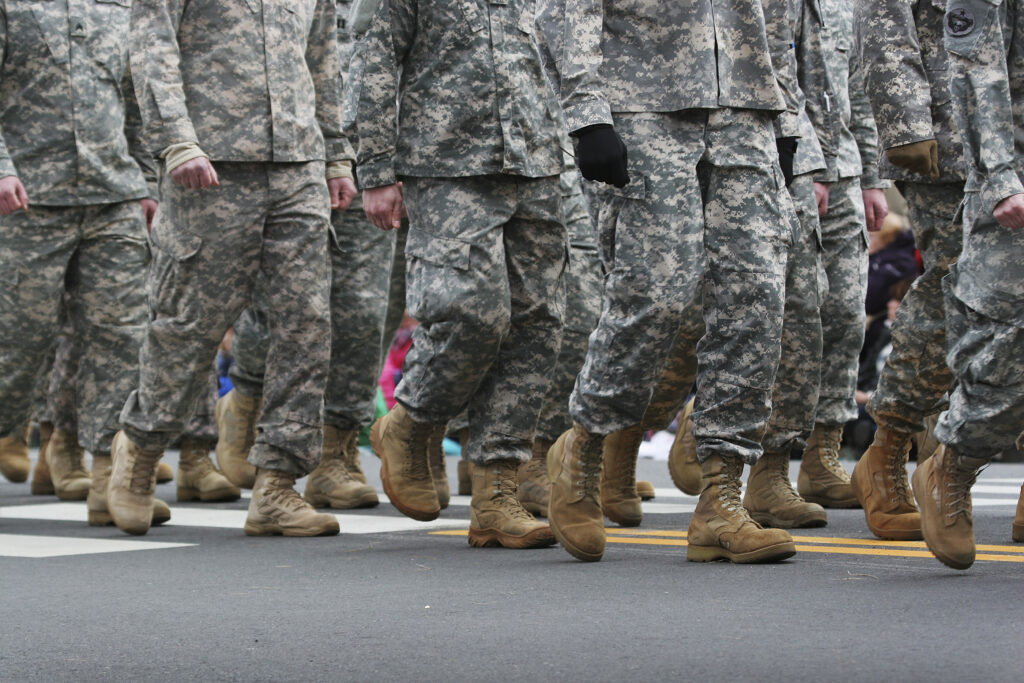Over the years, urban planners have increasingly accepted the view that building more highway capacity induces more highway travel. The supposed causal relationship between highway construction and highway traffic is like claiming that higher rates of pregnancy would result from a maternity ward building spree.
This theory of “induced traffic,” like so many anti-automobile propositions, wilts to insignificance when examined in context.
Evaluating the research
Studies have been published to support the induced traffic theory. A University of California study, for example, found that for each 10 percent increase in freeway capacity, there is a 9 percent increase in freeway vehicle miles traveled.
But the researchers didn’t bother to examine the impact of the new freeway capacity on the arterial (surface) routes or the rest of the roadway system. Of course, better highways attract more traffic . . . much of it from highways that operate at lower speeds.
The European Conference of Ministers of Transport found a much lower number, estimating the induced traffic impact at 1 to 2 percent for each 10 percent increase in capacity, with instances of up to 4 percent. Other studies have found numbers smaller still, often under 5 percent.
Model drivers
Generally, the induced traffic studies examine traffic volume changes in miles, through the use of computer models. Results in the real world, however, do not necessarily comport with the models, as any objective observer of modeled urban rail projections recognizes.
Consider Phoenix, for example. In the 1960s, Phoenix officials decided they would not expand the metropolitan area’s freeway system, seeking to avoid becoming like Los Angeles. As a result, by the early 1980s, Phoenix had 85 percent fewer freeway lanes per capita than average among urban areas with populations over one million. But traffic became congested anyway, and Phoenix discovered there was something worse than Los Angeles with its freeways: Los Angeles without its freeways.
Phoenix undertook an extensive program of freeway construction and now has only 40 percent fewer freeway lane-miles than average. Before the freeway-building program, Phoenix drivers traveled 15 percent more miles daily than the average urban driver nationwide. Today, Phoenix drivers travel 11 percent fewer miles. The theory of induced traffic would have predicted a substantial relative increase in average travel, not a reduction.
Missing the point
More importantly, the emphasis on vehicle miles misses the point. The factor that encourages more driving is not capacity, but the reduced travel times that occur when roadways are less congested and operate at higher speeds.
For example, peak hour freeway speeds in large U.S. urban areas average 50 miles per hour. That compares to 30 miles per hour on surface arterial streets. If a new freeway provides an alternative to an arterial, the new traffic can be expected to flow, on average, 20 miles per hour faster. Thus, a driver can travel nearly 17 miles in the same time that it would have taken to travel 10 miles before the new freeway opened.
Additionally, there are “spillover” benefits, as the pre-existing traffic on the expanded roadway increases in speed as well, also reducing travel times.
The critical issue with induced traffic is not vehicle miles traveled, it is travel time. New roadway capacity is unlikely to materially increase travel times, and may even reduce overall travel times.
More driving is better
Speeding up traffic reduces air pollution. U.S. Environmental Protection Agency data show automobiles pollute the least when operating at a constant speed between 35 and 55 miles per hour. The “stop and go” traffic typical of congested urban areas only makes air pollution worse.
Contrary to currently in-vogue planning doctrines, more driving is not an inherent evil. More driving where traffic flows more smoothly is safer, less frustrating for drivers, and good for the quality of life. As the European Conference of Ministers of Transport concluded, “It is economic and social activities in the broadest sense that induce traffic and which the new transport supply simply facilitates.”
Speeding traffic flow increases employment opportunities by making more distant employment markets accessible. It reduces business costs by facilitating more rapid movement of goods, and expands consumer choice by making more distant shopping opportunities more readily available.
In short, speeding up the flow of traffic makes our lives more rewarding and our economy more efficient. That is not something to be shunned . . . it is something to be warmly embraced.
Wendell Cox is a senior fellow of The Heartland Institute; a consultant to public and private public policy, planning, and transportation organizations; and a visiting professor at a French national university. He can be reached at 618/632-8507, or by email at enquiries@demographia.com.




